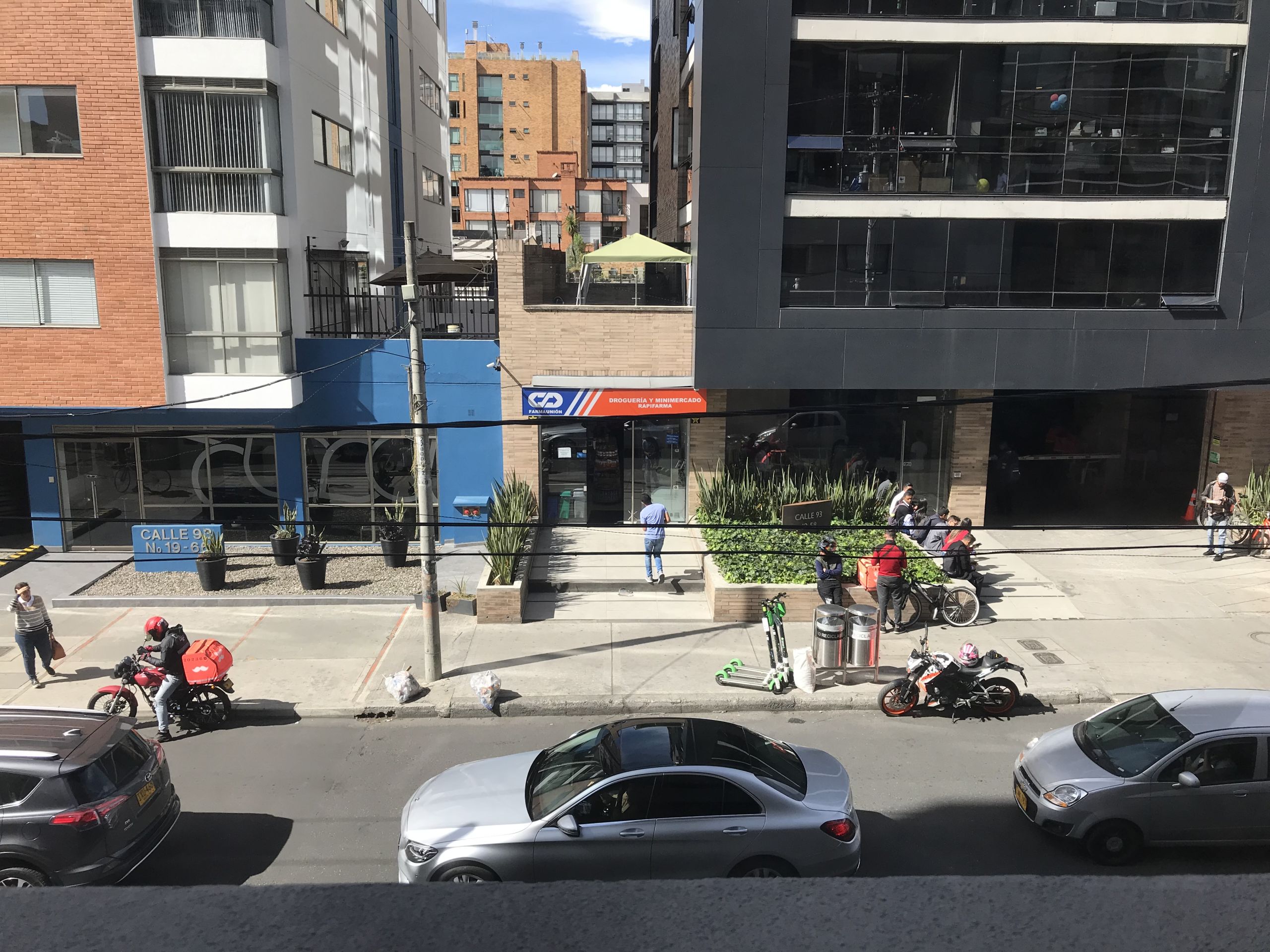Real-time data and the delivery of better development outcomes
How can data on development projects be collected in real-time so that amendments can be made to ensure the best possible outcomes? From Bogotá, Devex takes a closer look.

BOGOTÁ, Colombia — Alexandra Herreño, a student from Cali, Colombia, walks down a busy Bogotá street and into a pharmacy. Here she photographs various items, fills out a few questions that appear on an app she has on her phone, and then approaches the pharmacist to ask some questions, again taking note of the answers. Within five minutes she has completed her task, submitted the data she has collected through the app, and continues with her day.
What may be a seemingly inconsequential part of her day may have major repercussions further down the line.
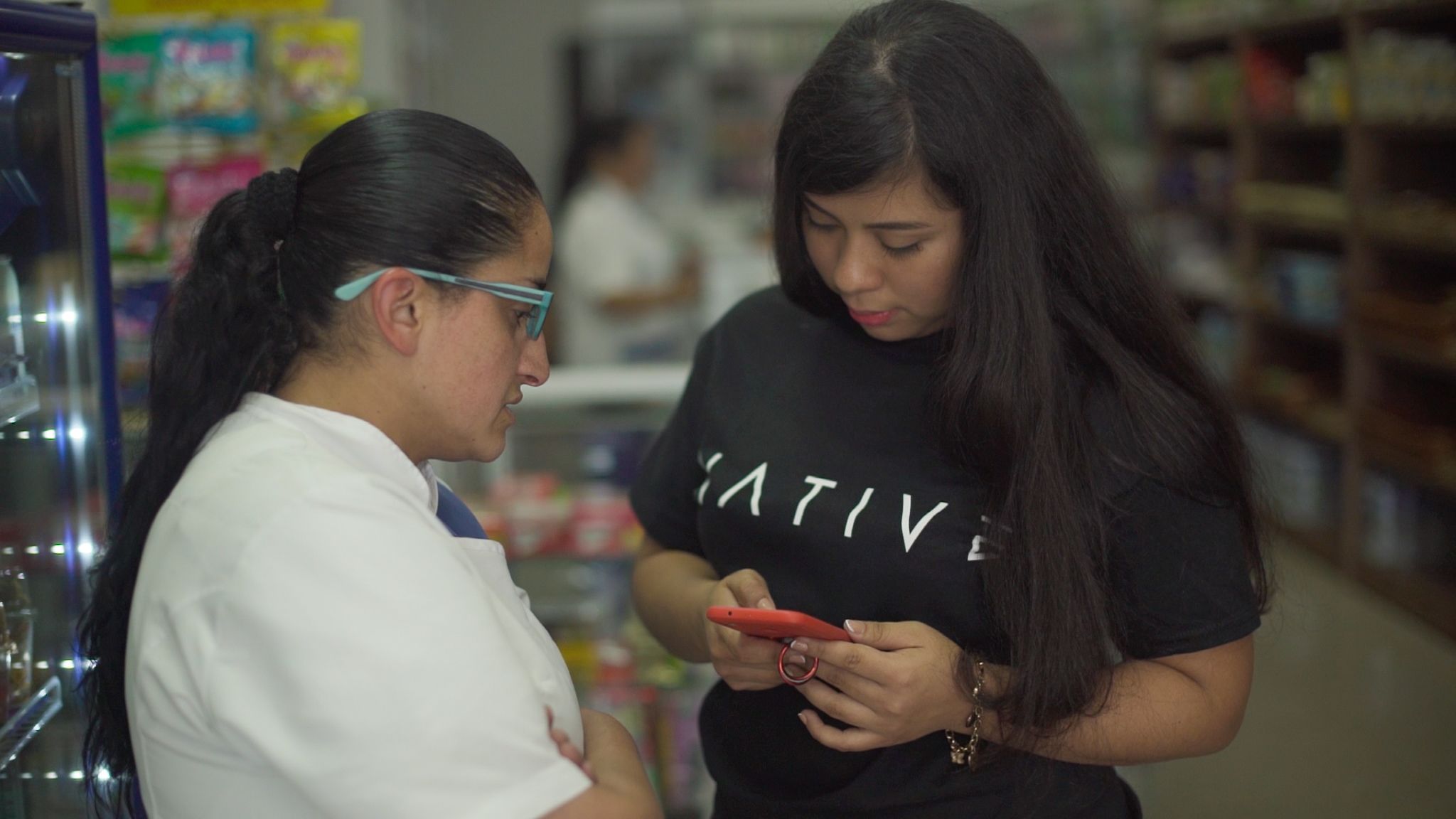
Alexandra Herreño (right), a student from Cali, Colombia and a collector for Native, interviews pharmacy staff and inputs the data into the Native app.
Alexandra Herreño (right), a student from Cali, Colombia and a collector for Native, interviews pharmacy staff and inputs the data into the Native app.
Herreño is a collector for Native, a technology company in the on-demand space, much like Uber, Rappi, and Deliveroo. However, instead of delivering rides, it delivers answers to questions both private and public organizations may have; anything from information on access to water in Syria as part of a project to geolocate humanitarian assistance in conflict-affected zones; the prices of soft drinks in various locations for commercial research; or the mapping of clinics to gather metadata on the number of floors, capacity, and hours open in Mexico City.
Operating daily in over 40 countries and in 18 languages, Native enables organizations to task a fleet of trained locals, such as Herreño, to physically capture any type of data they require, from face-to-face polling to observations across thousands of locations at once, before submitting it via a platform for the commissioning organization to view.
The majority of the tasks Herreño has completed have been on topics such as health, education, and social initiatives.
Native utilizes local data collectors to carry out market research in their communities.
Native utilizes local data collectors to carry out market research in their communities.
“In the public sector, we do a lot of public opinion polling, or exit polling, in order to measure opinions on a certain topic or awareness of a certain public program,” said Megan Jantsch — who joined Native last year from Uber as vice president of global operations.
Access to such real-time data is critical and can significantly improve development outcomes, said Erica Bustinza, a project director at FHI360 — a nonprofit human development organization dedicated to improving lives in lasting ways by advancing integrated, locally driven solutions.
Erica Bustinza, a project director at FHI360, explains the role of market research in development work and why having real time data is critical.
Erica Bustinza, a project director at FHI360, explains the role of market research in development work and why having real time data is critical.
But often real-time data is hard to acquire, she said, limiting the opportunities to course correct and make adjustments to a development program. Traditional field research and monitoring and evaluation of a project often reveal key insights that could have brought about more positive change, often long after a project cycle has ended.
“If you’re relying on a survey that was conducted five or 10 years ago, you’re not going to have the results you’re looking for,” Bustinza said.
Improving data collection for improved development outcomes
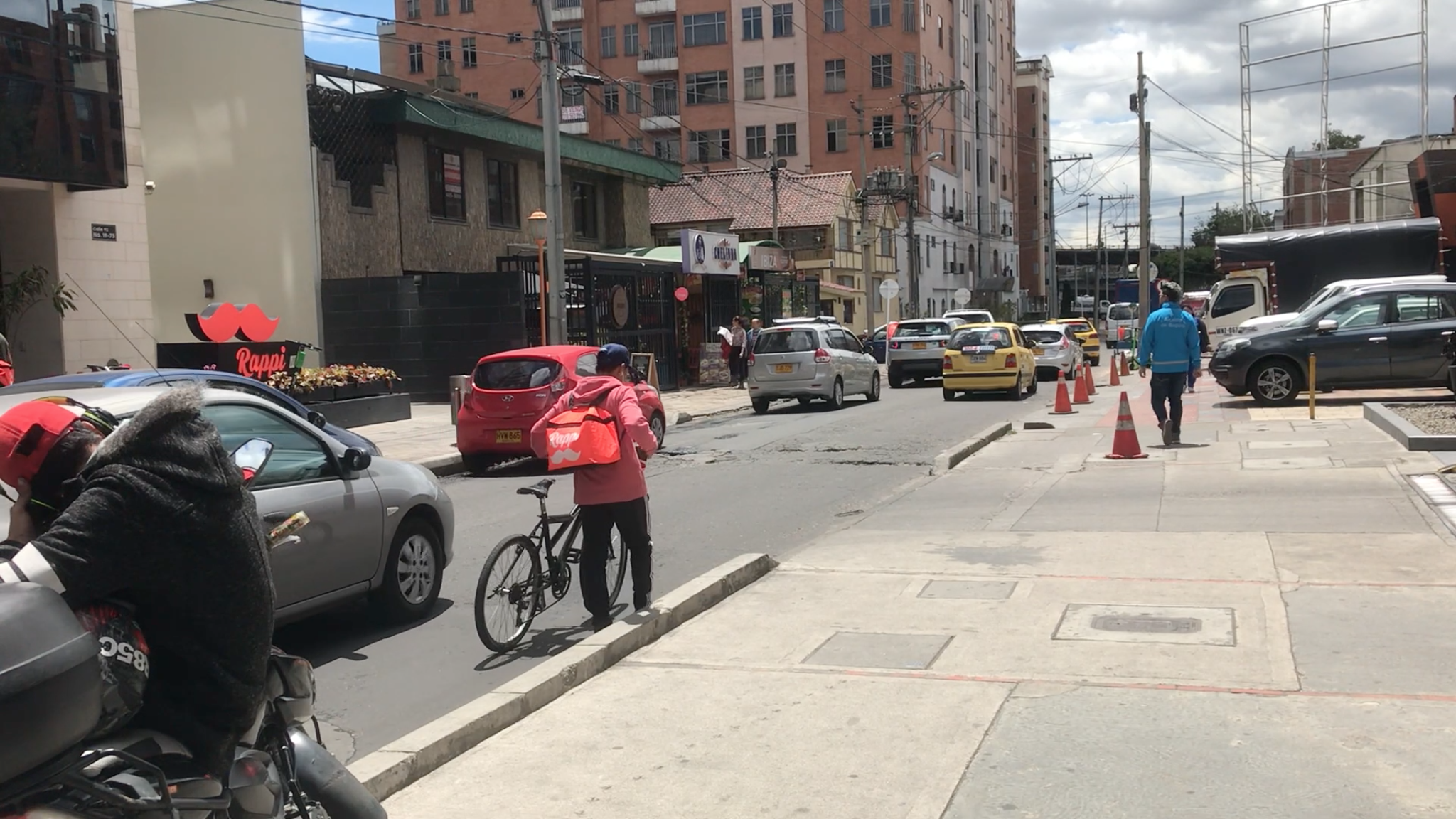
Native’s data collection via local collectors offers those real-time insights at a faster rate than traditional field research methods. Collectors are paid per task they complete, which offers an incentive to complete the task and submit information at a quicker pace, Jantsch said.
Aside from the slower speed of collection, historically, field research has had a number of consistent pain points, Jantsch said: it’s expensive, needs a large number of staff, and produces results that are hard to verify.
“The approach is to staff-up projects, build up a hierarchy of supervisors to train people, and ultimately monitor them in the field,” she said. “In some circumstances, they’re still collecting information with pen and paper — especially in developing markets — or if they’re using a simple tablet, it’s just for data input [and] they’re not effectively using that device to monitor the behavior of collectors in the field and replace the need for a supervisor.”
Megan Jantsch, Native’s vice president of global operations, explains how the app verifies the quality of the data collected.
Megan Jantsch, Native’s vice president of global operations, explains how the app verifies the quality of the data collected.
By managing who can contribute how much to which task, the app, alongside the automated verification, eliminates the need for supervisors — keeping costs low and the ability to scale high.
“Essentially, instead of relying on this hierarchy with supervisors, we take advantage of the technology of mobile apps in order to monitor exactly what our collectors are doing in the field, to systematically incentivize them to behave in a certain way, and then to monitor and validate every single data point that they contribute on a task,” Jantsch said.
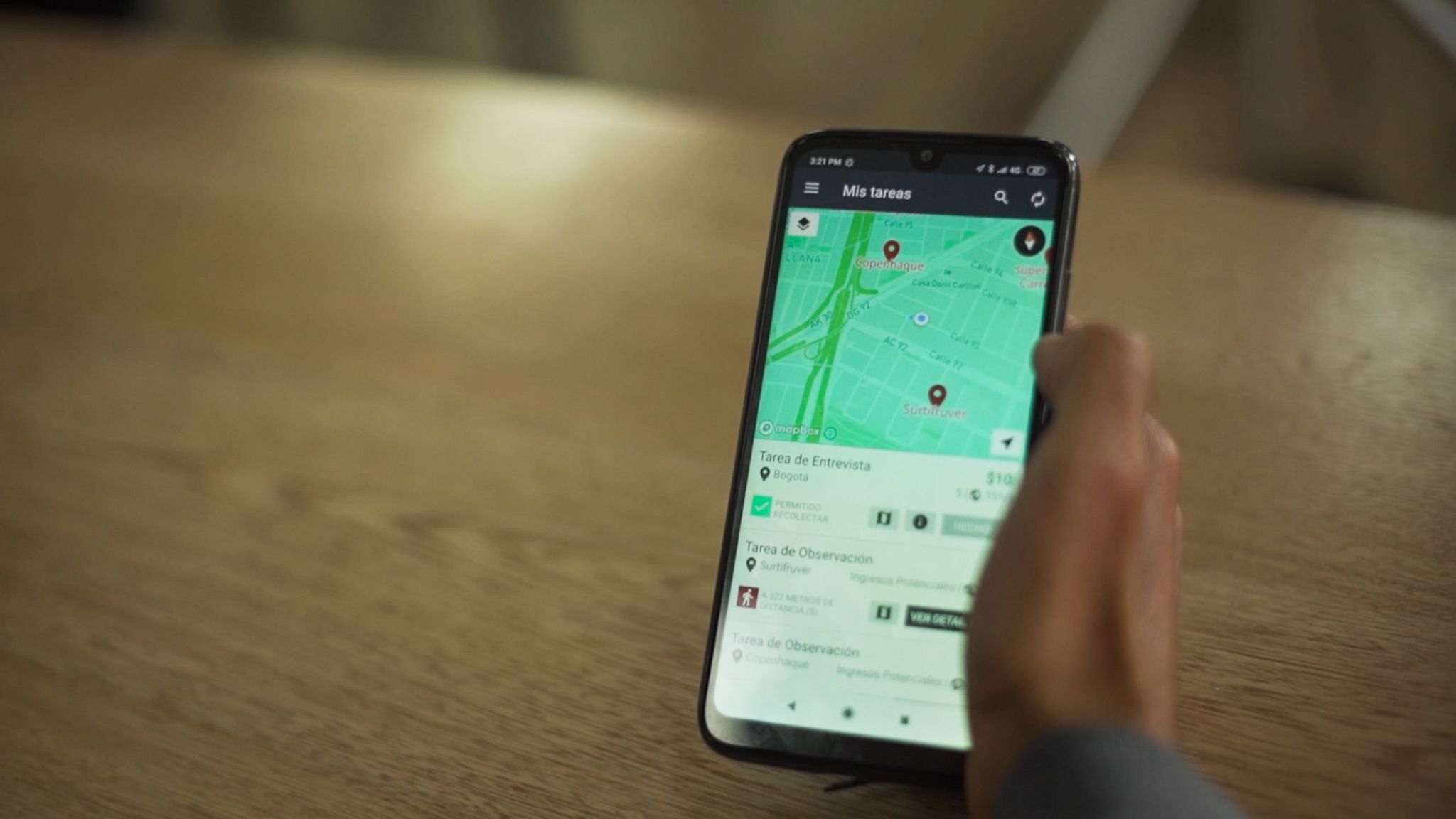
Native's interactive map of businesses and the resulting analytics can be used to inform the rollout of a development project.
Native's interactive map of businesses and the resulting analytics can be used to inform the rollout of a development project.
By utilizing local people and engaging technology, organizations are able to access information from across the globe.
Once a task for data collection is submitted by an organization, Native's regional operations teams in Bogotá, London, or Singapore review it before it's dispatched for trained locals in various locations to say they're available. The tasks are allocated on a first-come, first-served basis.
“We don't think of it as crowdsourcing data collection, any more than one might think of ordering an Uber as crowdsourcing a ride home. It's just smarter to use the same kind of logistics technology we all have in our consumer lives to ensure the data organizations need is delivered faster, cheaper, and more transparently," Jantsch said, adding that the organization has brought in people from organizations such as Google to help transform the way data is collected.
The platform allows organizations to monitor the task on an ongoing basis, understand results early on, and make changes during implementation that could impact the outcome, Jantsch said, adding that for development organizations, one of the most important things is the ability to see what's happening on the ground.
For example, FHI360 engaged Native over a year-long period to conduct surveys throughout Liberia. The organization used Native to build a hyper-detailed map of businesses nationwide that enabled it to understand trends in financial access — where mobile money solutions were accessible and, if not, what the likelihood was that they would be successful once rolled out.

Megan Jantsch, Native’s vice president of global operations, shows how organizations are able to monitor their task on an ongoing basis.
Megan Jantsch, Native’s vice president of global operations, shows how organizations are able to monitor their task on an ongoing basis.
Native's interactive map of businesses and the resulting analytics were used to inform the rollout of a project focused on the digitization of civil servants' salary payments for the ministries of health and education. This provided confidence on whether teachers and nurses could convert or transact with the money they receive. And over 5,000 points of data were collected, Bustinza said.
Collecting data in remote or dangerous locations also needs specific solutions, she added. “You might need a solution that includes a data collector or data collection tool that is available in that area already,” she added.
The collected data influenced FHI360’s project, some digital payment systems were targeted in locations thought to likely see more success, while other locations were avoided.
“Additionally, the mobile money service providers were able to use this information to identify areas where there was a lack of mobile money agents and where they might benefit from increasing the availability of mobile money in that area,” Bustinza said.
The app also enables multilingual data collection so that organizations can track trends across multiple countries at the same time.
Improving local opportunities to earn
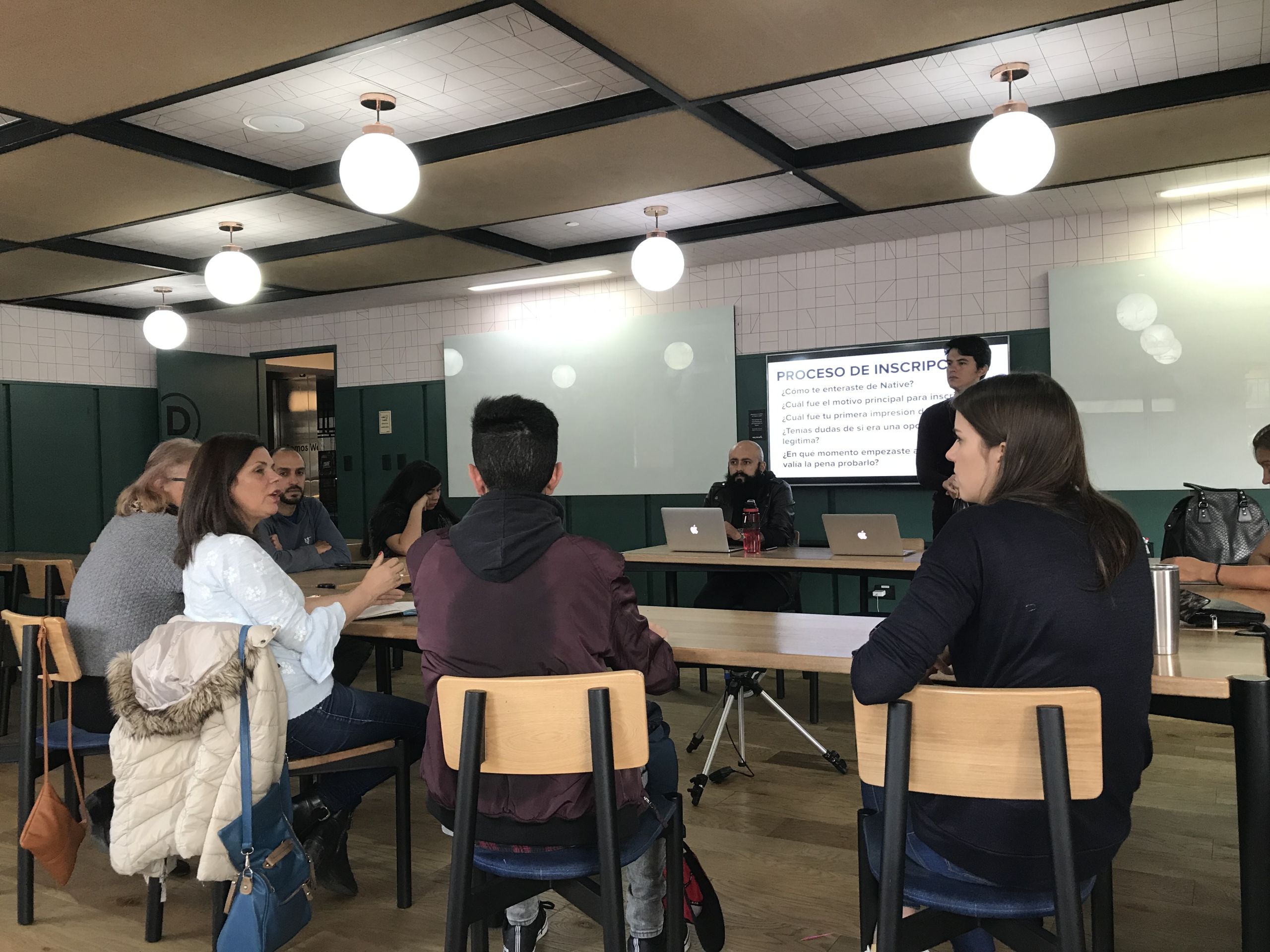
While Herreño does the tasks in between her studies, other collectors are often professionals completing tasks in their free time, or stay-at-home parents drawn in by the flexibility and ability to decide how much time they want to dedicate to tasks. Native uses traditional marketing methods and social media channels to advertise for local collectors. Individuals just need to have a smartphone and access to the internet.
There is no obligation to complete a task and collectors have the freedom to select which ones they sign up for and when they gather the data.
“Unlike traditional fieldwork where teams of collectors are recruited for a designated number of days then disbanded, becoming a member of Native's global network of data collectors means they can be engaged by any organization that needs data at any time,” Jantsch said. “The more they are engaged, the smarter Native's system becomes at incentivizing and optimizing their performance."
Since becoming a collector a year ago, Herreño has earned approximately 10 million pesos (about $3,000) over 20 tasks. This has allowed her to become more financially independent and launch her own bracelet-making business.
“Native’s income has helped to learn to depend on myself — to save, as I’ve saved a lot,” she said.
The amount paid per task differs depending on the geographic location and a range of other factors such as the length of the survey and the time required to complete it, but in all instances, Jantsch said Native pays above the minimum local wage in order to compensate for the sporadic nature of the work. When a task becomes available, collectors receive a notification via email and/or text message.
“Unless we are creating a compelling experience for our data collectors, they won’t show up to deliver the tasks that are being sent by clients. So our first priority is making sure that collectors are having a good experience, that they’re earning a competitive amount of money in their markets, and that they’re interested in continuing to show up to contribute to tasks,” she said, adding that creating new opportunities for Native's collectors isn't just about how much they get paid and how the app works.
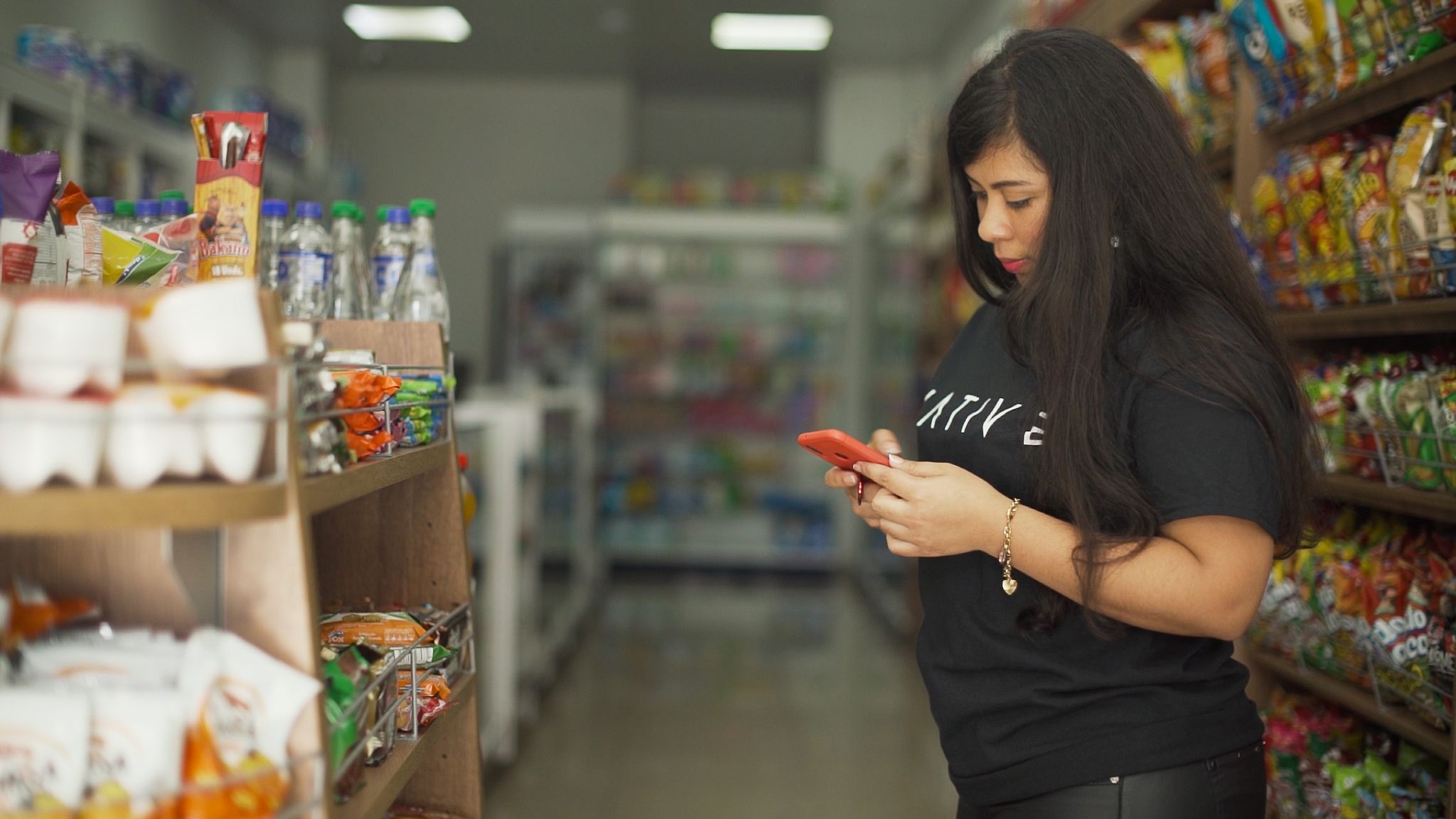
Since becoming a collector a year ago, Herreño has earned approximately 10 million pesos (about $3,000) over 20 tasks.
Since becoming a collector a year ago, Herreño has earned approximately 10 million pesos (about $3,000) over 20 tasks.
In Liberia for instance, Native was able to leverage the past performance of its collectors — all maintained and scored in their profiles — to provide financial credit for collectors to purchase motorbikes of their own to move around during the rainy season.
Herreño said the tasks had also brought her closer to the most vulnerable populations in Colombia and given her relevant experience for her studies in social work.
“The first job I was assigned and sent to do the work was in Buenaventura, a region filled with conflict here in Colombia,” Herreño said, adding that she plans to keep engaging in Native tasks while studying.
Breaking down barriers to accessible data
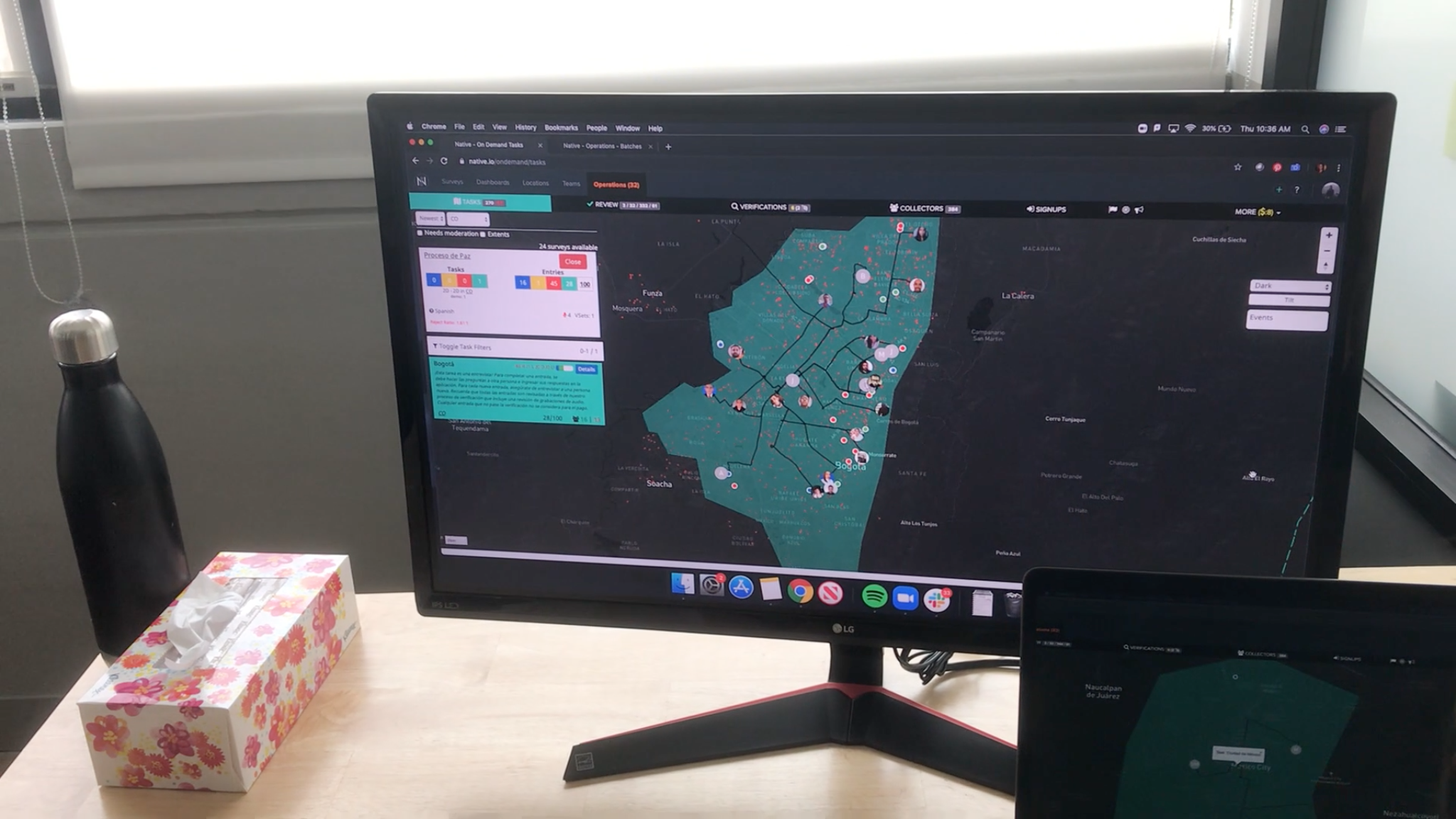
Through the use of technology, Native is tackling some of the difficulties usually associated with market research and allowing organizations, such as FHI360, to better tailor their development initiatives to the local context, leading to better outcomes.
Bustinza explained that previously FHI360 might have used more traditional solutions, where surveyors may have encountered language or cultural barriers as they traveled to regions where the data is collected, there may also have been trust issues around data verification.
“We might have received less accurate information, it likely would have been more expensive, and we would have probably had a higher number of survey refusals from participants,” she said.
